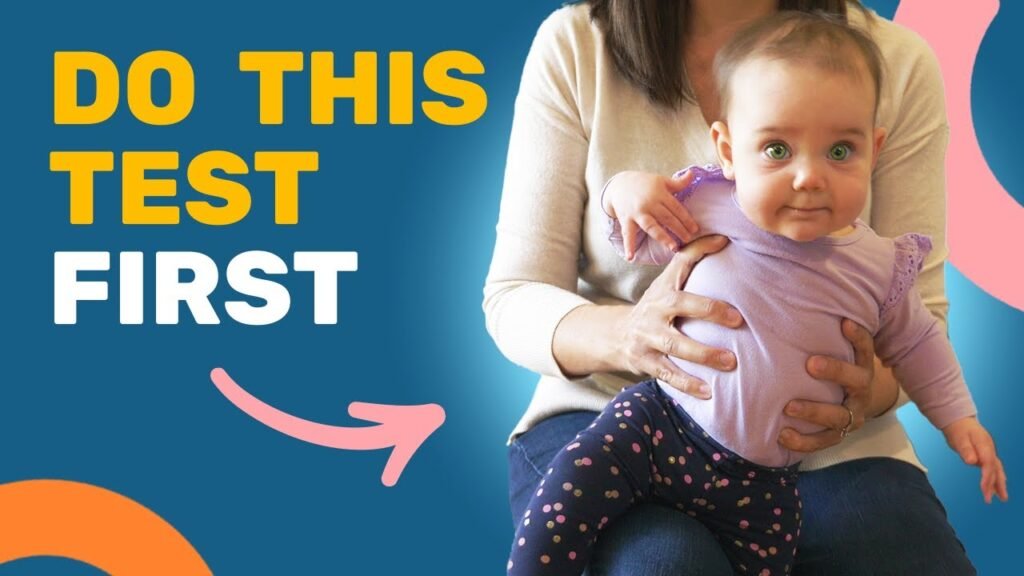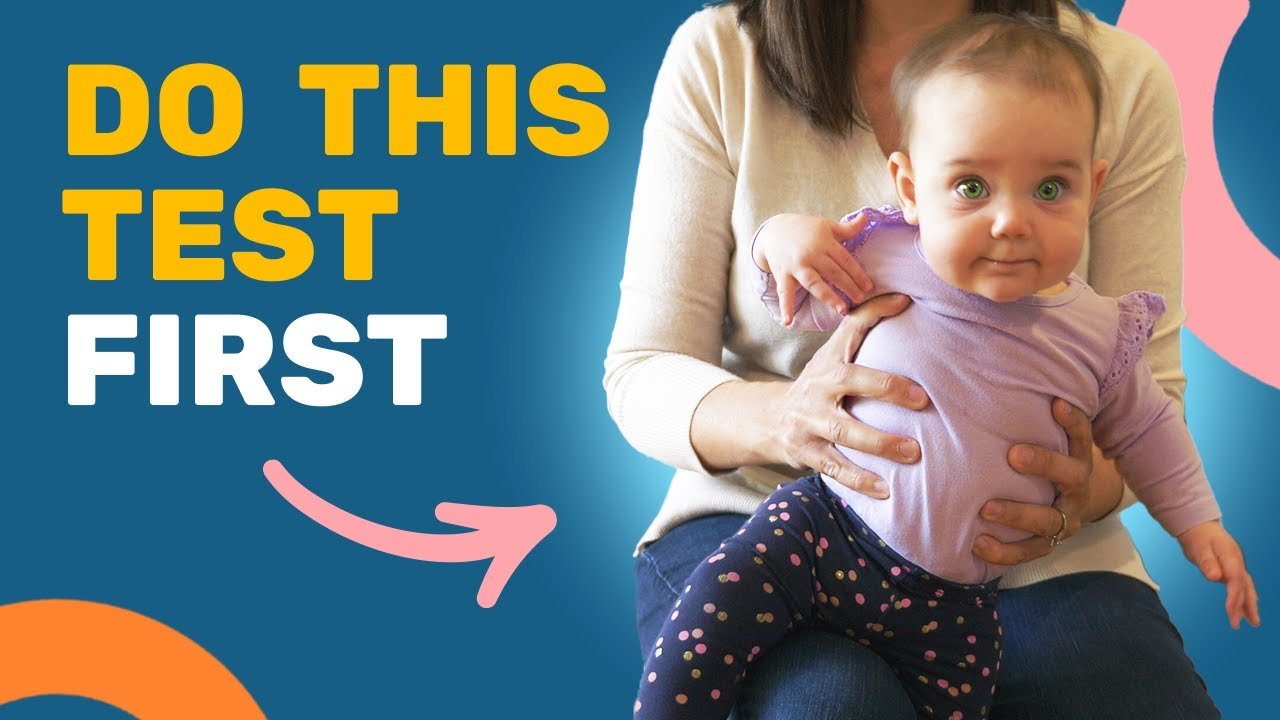Making sure that your baby is ready for a stroller seat is crucial for their safety and comfort. In this article, we will discuss the key milestones that your baby needs to master before transitioning to a stroller seat. One important milestone is head control, which allows your baby to breathe comfortably and adjust their head position in response to movement. Another milestone is postural balance, which helps your baby maintain a stable and symmetrical position while seated in the stroller. By understanding these milestones and performing simple tests, you can ensure that your baby is ready to sit up in a stroller and enjoy a safe and pleasant ride. So, let’s dive in and learn how to check your baby’s readiness for a stroller seat.
Testing Your Baby’s Readiness for a Stroller Seat
Introduction to testing baby’s readiness for a stroller seat
Before transitioning your baby to sitting up in a stroller, it’s important to ensure that they have mastered two key developmental milestones to ensure their safety. In this article, we will discuss these milestones and how to assess your baby’s readiness for a stroller seat. By performing simple tests, you can determine if your baby is ready to make the transition and enjoy a comfortable and safe ride in the stroller.
Key developmental milestones to assess
In order for your baby to safely sit up in a stroller, there are two key developmental milestones to assess – head control and postural balance. These milestones are essential for your baby’s safety and comfort while riding in a stroller.
Significance of head control
Head control is the ability to hold the head steady without flopping forward, backwards, or to the sides. It is crucial for several reasons. Firstly, proper head control allows your baby to breathe comfortably in the stroller. Without it, their head may slump forward or their chin could press against their chest, potentially blocking their airway. Good head control also helps your baby adjust their head position in response to movement, ensuring a comfortable and safe ride. Additionally, adequate head control indicates that your baby’s neck and spine are strong enough to hold their head upright, preventing strain and reducing the risk of injury.

Significance of postural balance
Postural balance refers to your baby’s ability to maintain a stable and symmetrical position while sitting slightly reclined or upright. It plays a crucial role for several reasons. With proper postural balance, your baby can stay comfortable in the stroller, avoiding excessive leaning to one side. Excessive leaning can strain the neck, spine, and joints, leading to discomfort, pain, or potential long-term issues. Proper postural balance also ensures that your baby’s breathing is not impeded by slumping or leaning too much to one side, which can compress the chest or cause the chin to press against the chest. Additionally, good postural balance reduces the risk of entanglement and injury.
Two simple tests to assess readiness
To determine if your baby is ready to transition to a reclined stroller seat, you can perform two simple tests to assess their head control and postural control. These tests will help you ensure that your baby can sit comfortably and safely in a stroller.
Test 1: Assessing head control
To assess your baby’s head control, have them sit on your lap with your hands gently supporting their ribcage. While they sit with your support, observe their head movements and posture. A baby with good head control will keep their head steady without shaking or wobbling. Their chin should not be touching their chest, and there should be a visible gap between their chin and their chest. If your baby’s chin rests on their chest, it is unsafe to use the stroller in an upright seated position, as their head may fall forward or obstruct their airway. Additionally, your baby should be able to maintain a straight head position when gently moved from side to side. This indicates that they have the necessary strength to hold their upper body and head upright in a stroller.
Test 2: Assessing postural control
To assess your baby’s postural control, place them in a slightly reclined position, either in a bouncer seat or sitting on your lap. Observe their body posture and alignment, paying attention to the alignment of their head, neck, and spine. A baby with good postural control will maintain a balanced and symmetrical position, with their head, neck, and spine properly aligned. They should not be leaning excessively to one side. A balanced posture ensures that your baby will remain secure and comfortable in a stroller seat, reducing the risk of potential problems during the ride.
Transitioning to a reclined stroller seat
If your baby passes both the head control and postural control tests, they are ready to transition to a reclined stroller seat. However, before making the transition, there are a few considerations to keep in mind to ensure your baby’s safety and comfort.
Considerations before transitioning
When transitioning your baby to a reclined stroller seat, it is essential to follow certain guidelines. Firstly, make sure the stroller seat is appropriate for your baby’s age and weight. Follow the manufacturer’s recommendations for recline angle and positioning. Ensure that the harness straps are properly adjusted to secure your baby safely in the seat. Additionally, provide adequate foot support for your baby to maintain a comfortable and ergonomic position.
Conclusion
Testing your baby’s readiness for a stroller seat is crucial for their safety, comfort, and enjoyment. By assessing their head control and postural balance, you can determine if they are ready to transition to a reclined stroller seat. Always prioritize your baby’s safety and follow the guidelines and recommendations provided by the manufacturer. Enjoy your walks with your little one in the stroller knowing that they are comfortable and secure.

